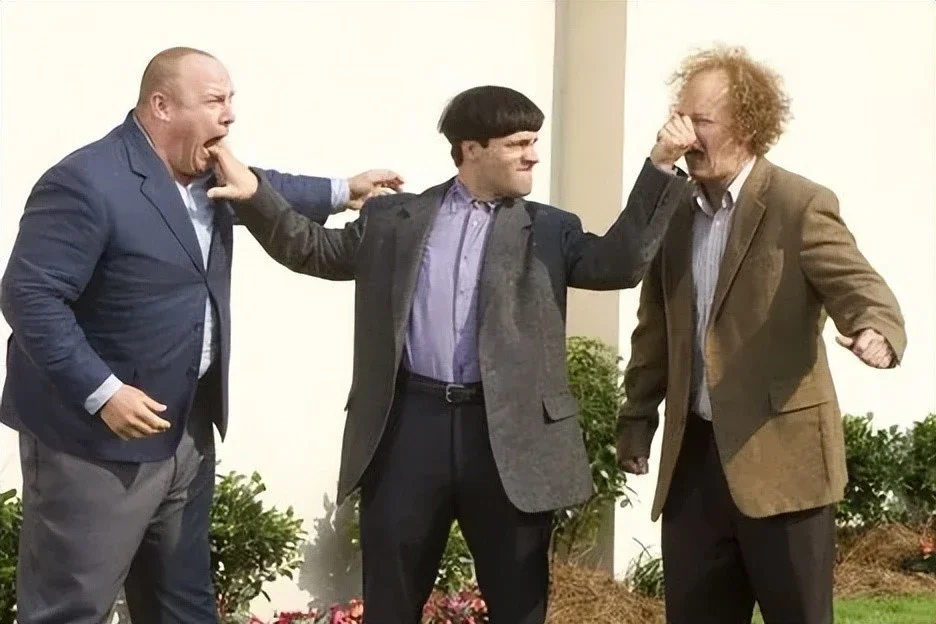Peter Farrelly’s works are basically comedy films. Although they are both comedies, they have certain differences in theme.
I think the early works directed by Peter Farrelly are “vulgar comedy films”. They are more or less different from the public logic and cognition in real life in terms of plot and characters, and have the characteristics of “absurd” and “exaggerated” farce. The movie “Green Book” has more realism.
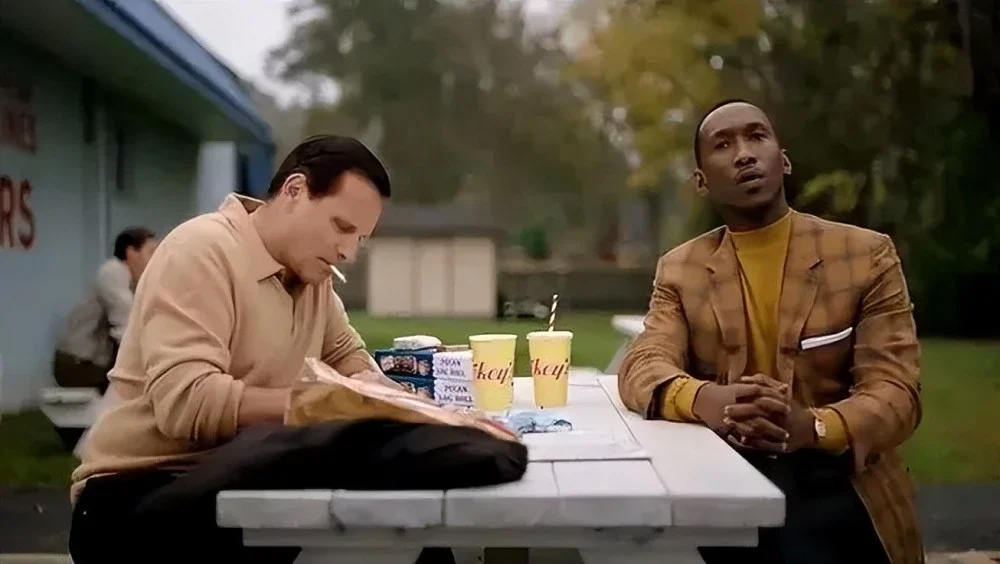
They both share the common intersection of themes-emotion, and have the personality differences of themes, just like the characters’ yearning and pursuit of love in “Dumb and Dumber”, “There’s Something About Mary”, and in “Green Book” it is Showcasing the beauty of camaraderie between people of different colors by promoting the personal friendship of Tony and Shirley.
Before analyzing the commonality of themes, we cannot deny the inherent differences in the thematic elements of works directed by Peter Farrelly in different periods and under different creative backgrounds.
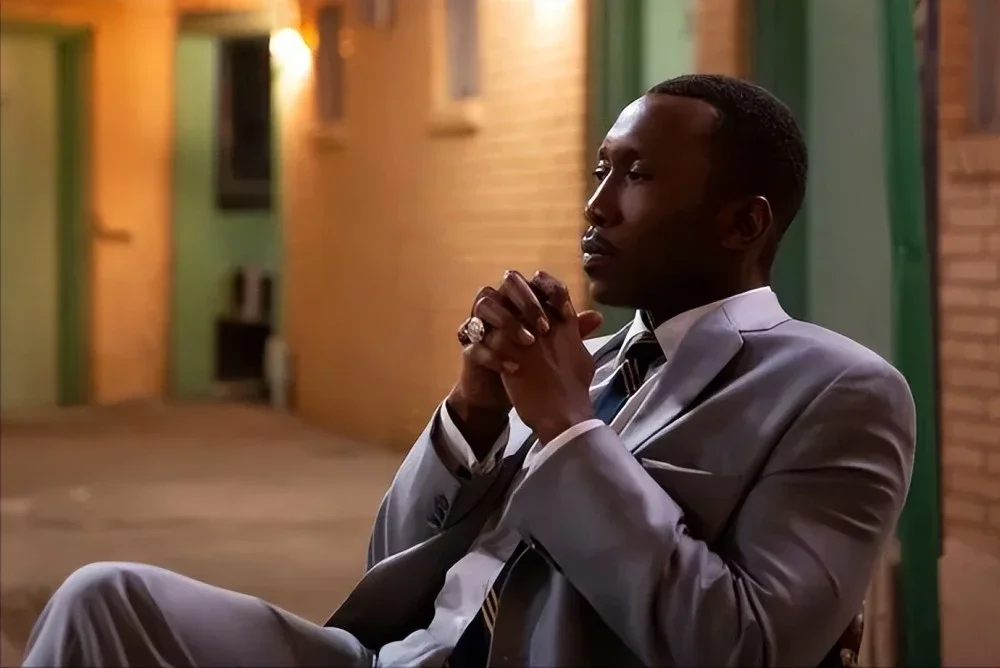
The plot is an intuitive reflection of the differences in the theme, and it is one of the final products of the author’s transformation of abstract artistic thinking into figurative narrative texts.
As far as film narrative is concerned, plot means “everything that is presented to us, made us see and hear” by the text of the film.
In the films directed by Peter Farrelly, most of the films except “Green Book” are full of humorous and absurd elements in the plot, in order to maximize the “laughter effect”.
This makes the composition of the movie plot not set according to the conventional logical relationship in the real world, and has typical farce characteristics.
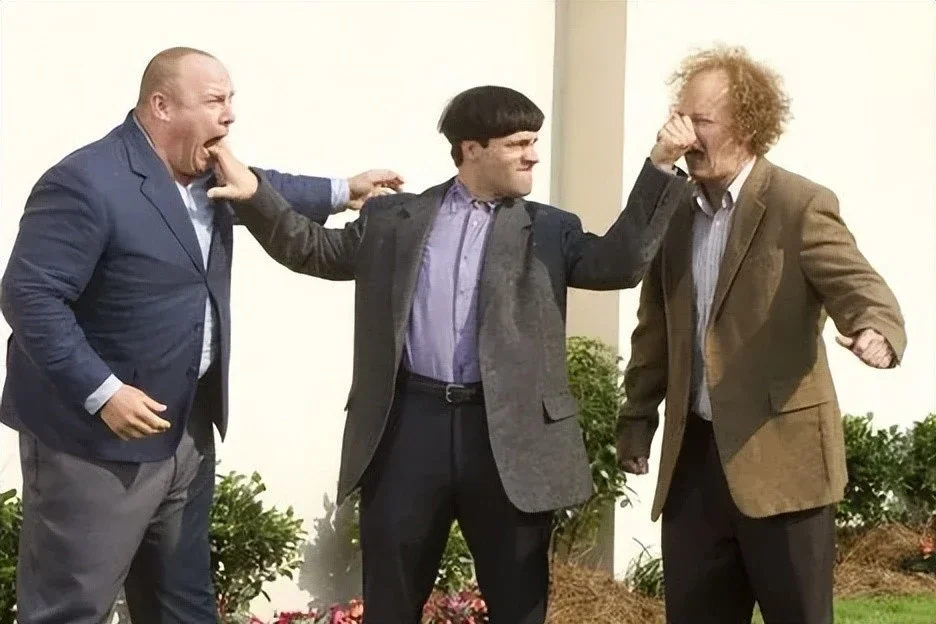
One of them is the plot composition that emphasizes the effect and ignores the cause and effect.
In the film “The Three Stooges”, a blue car is driven by Monkey D. Luffy on a bumpy road to the orphanage. When it comes to the door, the car does not stop, but uses a drifting At the same time, the stunt threw the handbag containing the three children Curly, Moe and Larry from the car window to the old nun. This is the first time the three protagonists in the story appear.
The old nun opened the handbag, but unexpectedly a small hand popped out of the bag. With a “dong” sound, she was knocked out of the stairs by the baby’s small hand.
When the other nuns who heard the abnormal noise came out of the house, their first reaction was to praise the cuteness of the three little babies, but did not pay attention to the “accident” that happened to the old nun.
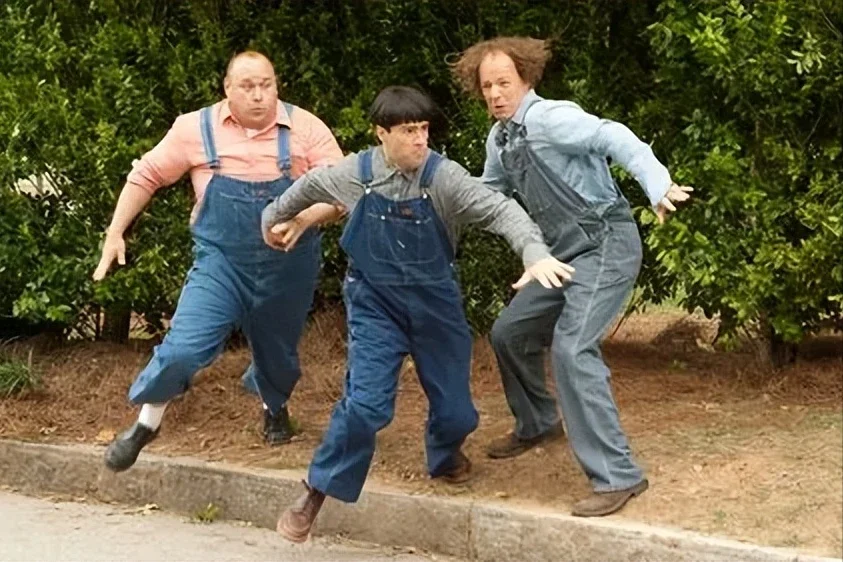
When adults Curly, Moe and Larry accidentally cut a ladder with a chainsaw while repairing a roof, the nun fell to the ground.
Several people made mistakes in their busy schedules. The hammer and the big clock fell from the roof to the nun lying on the ground. They jumped from the roof and hit the nun.
In the composition of the plot, the director will place the prominent comic effect above the general causal logic, which roughly amplifies the drama of the film.
The second manifestation is that the process is more important than the result, and the plot twists are bizarre and sudden.
In “There’s Something About Mary”, the hero Ted met the heroine Mary by chance when he was a student, but Ted made an accident at Mary’s house before attending the dance together for the first time, and the relationship between the two seemed to end.
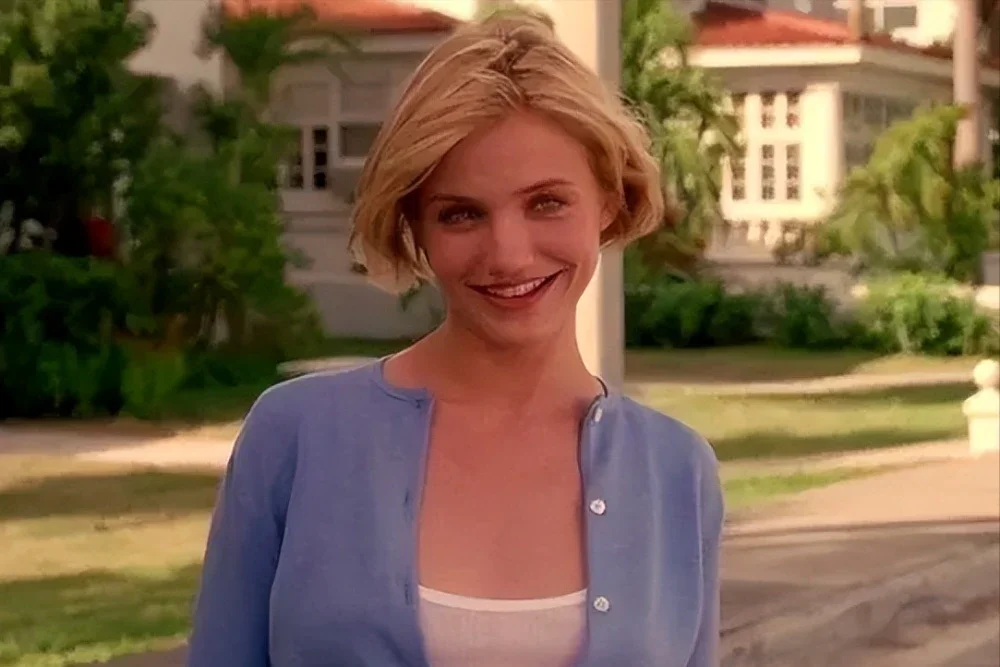
Years later, Ted is still reluctant to give up and hires a private detective to find clues about Mary. Unexpectedly, the detective and Mary’s ex-boyfriend are both pursuing Mary.
They not only set up obstacles for Ted to find Mary, but also carefully designed a love attack on Mary, but Ted had no chance to contact Mary.
The frequently reversed plot not only breaks the conventional logic, but also makes it impossible for the audience to predict from the reasoning. The director intentionally focuses the audience’s attention on the entanglement of each event, and deliberately downplays the rationality of the overall plot and the explanation for the ending of the story. .
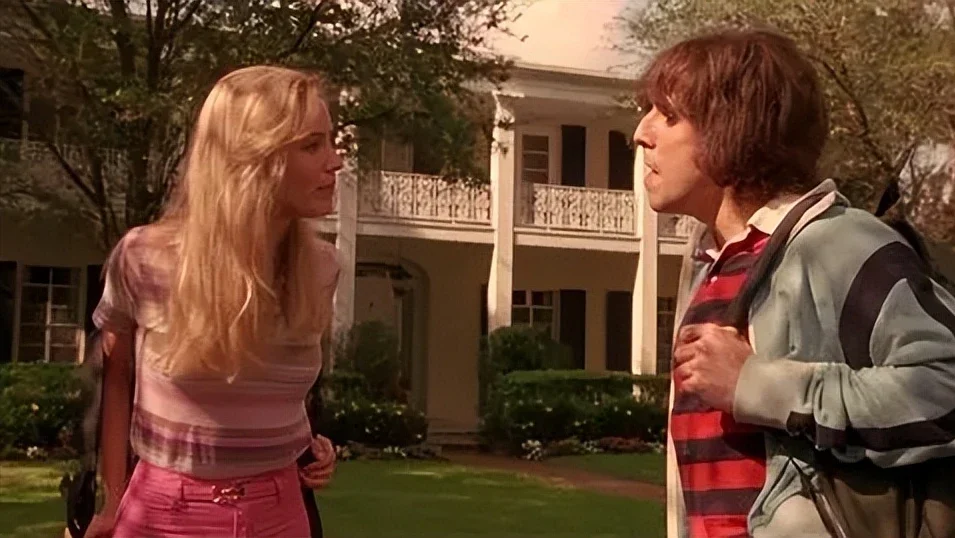
The farce character of Peter Farrelly’s early works has weakened the purpose and ideological depth of the subject expression in the works. It can be said that “The Three Stooges”, “There’s Something About Mary” and other films are popular entertainment fast-moving consumer goods. , it is difficult to intuitively let people feel their humanistic care.
Even so, these early works of Peter Farrelly still have a prominent commonality in thematic expression, that is, the celebration of true feelings.
For example, although Curly, Moe, and Larry in “The Three Stooges” caused endless trouble for the nuns in the orphanage, the nuns still did not abandon them, and when someone proposed to adopt one of the three of them, they The trip failed due to the inability to part with the three people’s feelings;
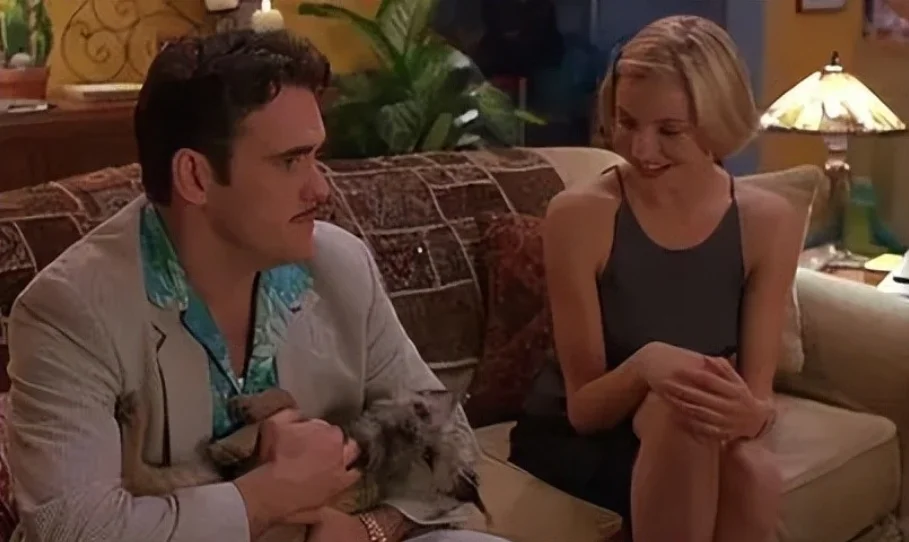
The three brothers Curly, Moe, and Larry learned that the orphanage was about to be closed, and worked together to protect the orphanage from the destruction of the conspiracy, making the audience feel the power of love and friendship while laughing.
Ted in “There’s Something About Mary” has nostalgic feelings and stubborn persistence towards Mary, even though he faces more than one competitor and is absolutely at a disadvantage in the pursuit of Mary.
But in the end, he used the simplest truth to gain Mary’s heart, telling the audience the meaning of truth beyond form.
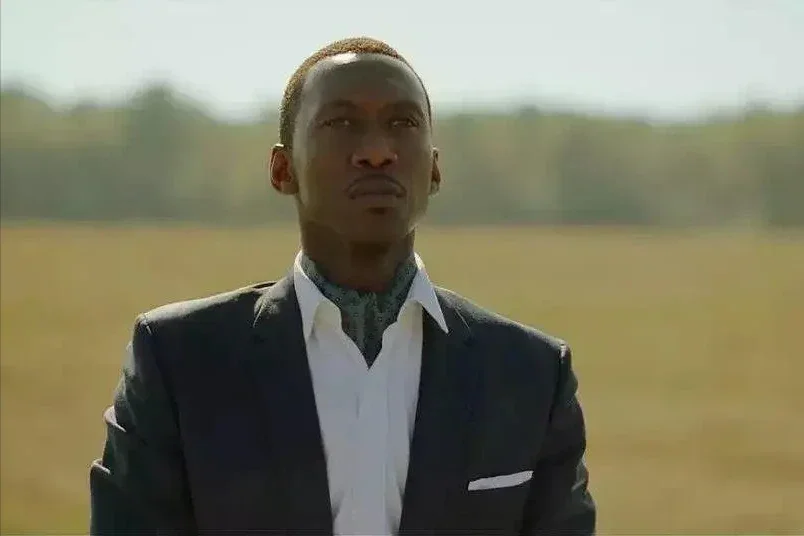
Compared to Peter Farrelly’s sleazy comedy, “Green Book” is more detailed in its plot composition.
The film begins with the formation of an employment relationship between Tony, a white man working in a nightclub, and Dr. Shirley, a black pianist. At the beginning, the white Tony’s discriminatory attitude towards “people of color” and his strong sense of superiority are the basis for the two to get along. The conflicts and external encounters that occurred have laid a foreshadowing and become the premise and endogenous power to promote the development of the plot. The former has a direct causal relationship with the subsequent plot.
As the plot progresses linearly, contradictions begin to emerge. On the one hand, Tony and Shirley’s internal confrontation conflicts: Tony’s vulgar behavior of smoking and eating fried chicken in the car is unacceptable to Shirley, and Shirley’s rigidity when facing problems The dogma drew Tony’s ridicule again.
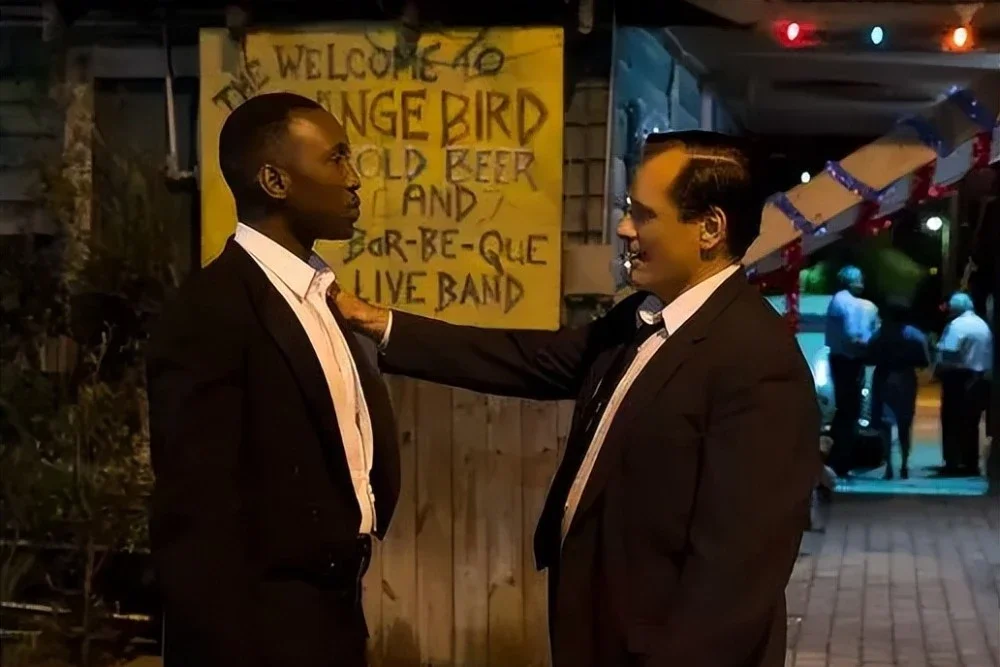
The other side is the conflict of external opposition: the plot of the film gradually explained the malice of white people of different identities in American society against the black Shirley at that time.
The film ended with a closed ending. Although Shirley’s tour had some regrets, he still fulfilled his wish. The two encountered heavy snow on the way back and returned to their warm home on Christmas night.
Movies with realism pursue the truth of art, so “Green Book” gets rid of farce interpretation, the plot setting highlights the relatively strict logical relationship to realism, and the theme expression is more vivid through the traditional dramatic structure.
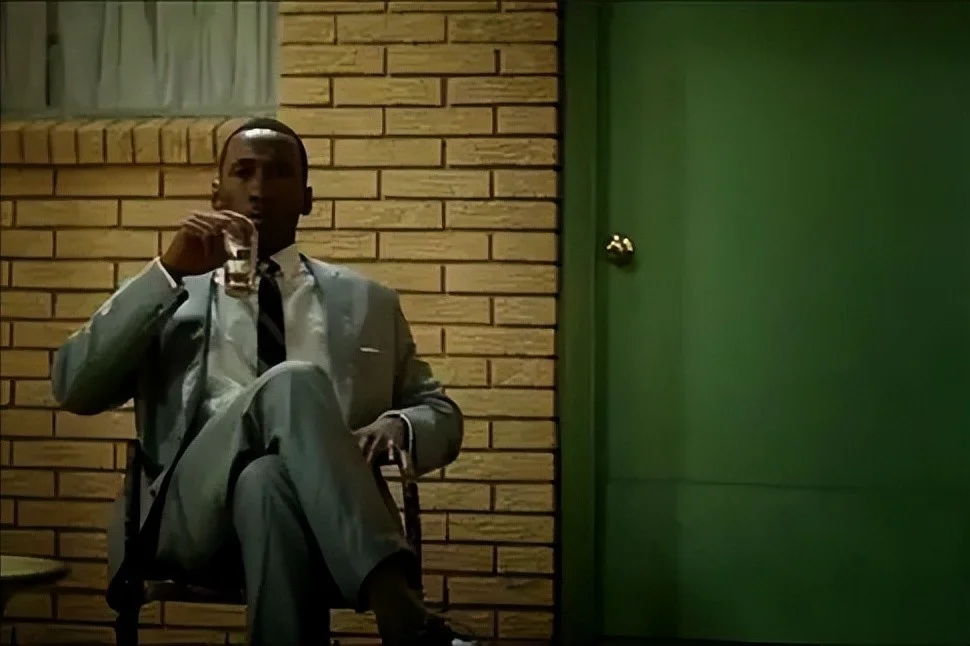
Broadly speaking, Peter Farrelly’s early films have certain anti-plot characteristics, but they are different from typical anti-plot narrative films that focus more on image expression.
If only in terms of emphasizing the causal relationship and logical sequence of the plot, the thematic expressions of works such as “The Three Stooges” and “There’s Something About Mary” are weak.
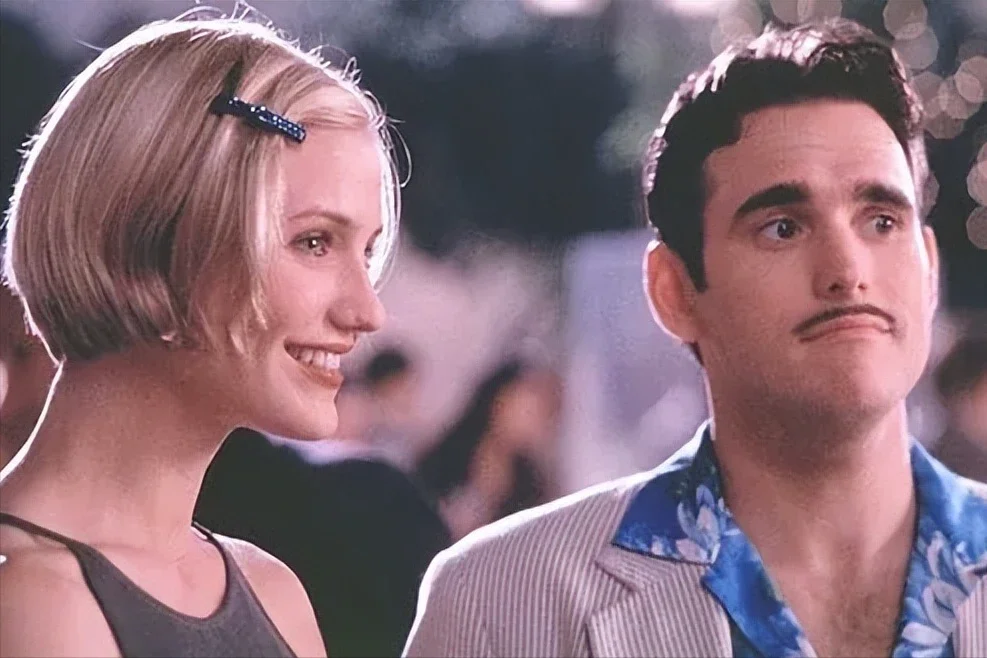
Where they stand out more is the humorous atmosphere that permeates the plot, “Green Book” as a whole smoothes the narrative process, never letting the theme drown in form throughout.
From another point of view, the emotional theme of “Green Book” is coherent. Farrelly puts the film into the social background of racial discrimination in the United States, which fundamentally affects the composition of the film’s plot: from “eyeballing” to In “digging pain points”, the director attaches great importance to discovering the power of theme expression, which brings a series of changes in the composition of specific plots.
